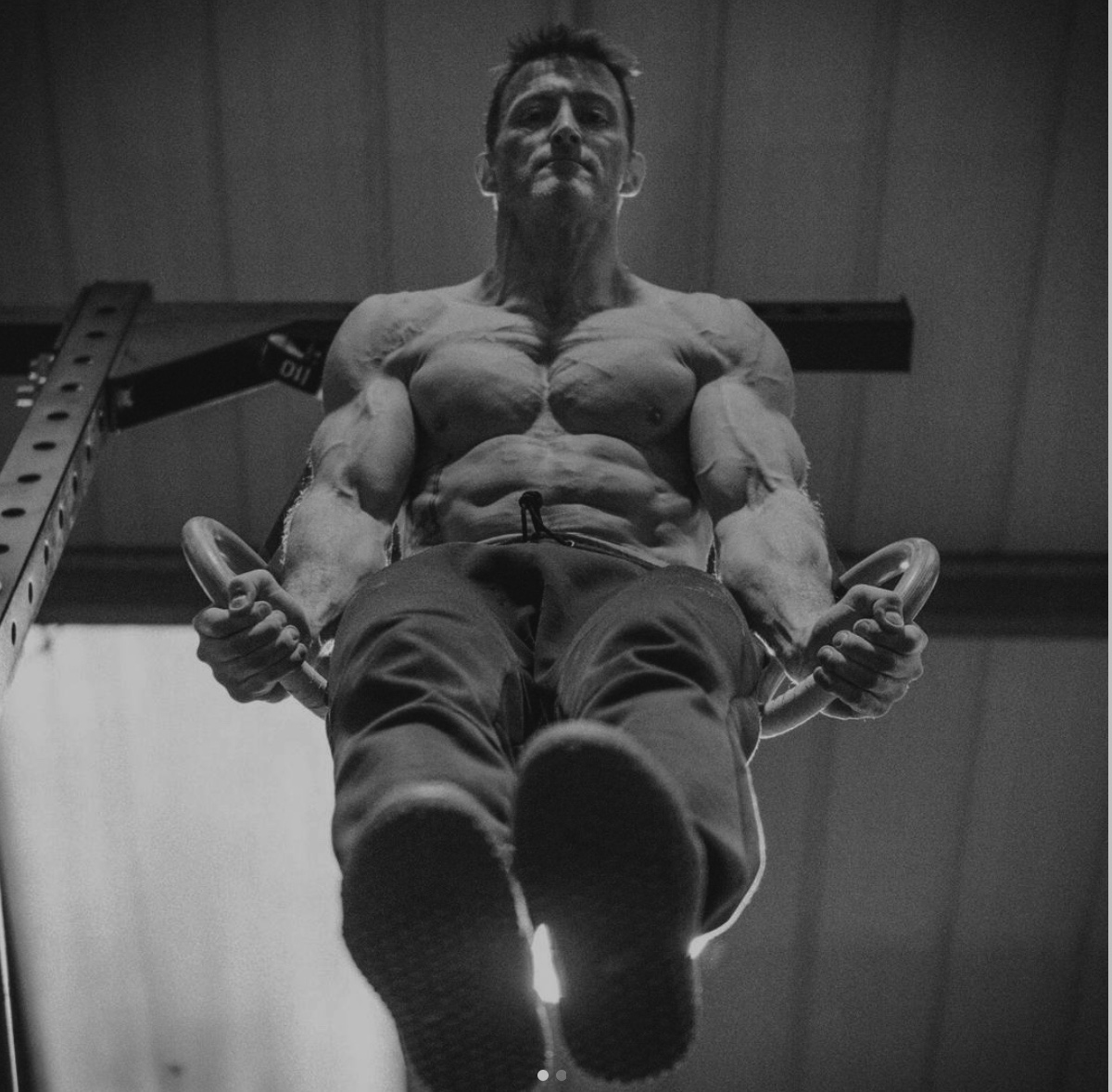
Health Posture PART 1: Gymnastics Bridge
“Movement Is life”… “No movement? No life!”
Your spine has roughly 50 joints that allow you to move in complex ways. Unfortunately, due to a sedentary lifestyle and lack of movement complexity, most of us have lost full control of our backbone. A healthy spine is a mobile spine, how often do you move yours?

Team Sustain: Sport of Fitness: MAX Weights Method - Part 4
In the 5/3/2/1 method, we start with loads just under 5RM and attempt to add 2-3% more weight every set, performing 1 fewer repetitions every set until you achieve a new 1RM. This progression has the advantage of teaching the skill of expressing your true maximum in a 4-week block. We cannot go from a block of performing 3-5reps per set (MAX Weight PART 3) and expect to perform well in a 1RM until we have allowed the body to recruit higher-threshold fibres. Therefore, we will slowly increase the percentages of each set from week-to-week with the aim of increasing your 1RMs by 2-3% in 5 weeks from now.

High Intensity Cortisol Monkeys
If your training goal is to destroy your hormones, bring on adrenal fatigue, and wreck your body with high volume, high-speed low-quality movements, you should find your closest "so-called HIT class" and eat a low-calorie diet. If your goals are to build strength, increase mobility, prevent injury, improve hormone balance, build lean muscle, shift some body fat, increase energy levels, and improve your quality of life, you should start training and eating smarter than the average cortisol monkey.

Team Sustain: Sport of Fitness: Maximum Weights Method - Part 3
The Functional Strength Method - with this system in the first two weeks we are going to perform four sets of [4-6] tempo repetitions. In the first two sets, we want to be hitting 6reps. In the final two sets, we expect to be hitting 4-5reps as the load reaches maximal. Always use your quality of movement to set the limits of yours.

Float like a butterfly or get stung by a bee
Kipping/Butterfly pull-up variations can often be very bad for shoulder health, primarily if we have not built robust, stable and highly mobile shoulders. Repetitively falling down into the bottom of the pull-up and forcing the shoulders into extension (taking the arm behind the body) will cause serious injury, just do a quick Google search for "slap tear” and digest the number of injuries caused by plyometric pull-ups in CrossFit. How is your shoulder mobility?

Bodyweight Training: Upper body Injuries - PART 3
In this post, we are going to talk more about the value of using external loads to improve bodyweight training and cover some of the red flags we should be watching out for to prevent an injury before it occurs.

Team Sustain - Sport of Fitness: The maximum weights method - Part 2
The Patient Lifter 6 x [2-4] Method - with this training system, we start off with a weight that we can handle comfortably for six sets of just two repetitions. Depending on your neurological efficiency, that will translate into about 80 to 87% of your 1RM. The goal is to increase your strength SLOWLY over time so that you can handle that same wight for six sets of 4 repetitions.
The reason The Patient Lifter's Method works is that the load increases only when the trainee can complete all sets of 4 repetitions with the starting weight of 6 sets of 2 repetitions. The system works using what is called the law of repeated efforts because the nervous system is forced to accept the loads as being normal.

Bodyweight Training: Upper body Injuries - PART 2
In our last post (PART 1), we started to talk about the increased chance of upper body injury from bodyweight training. The structure of the upper body joints are not the same as our lower body joints, and the total volume and intensity of training need to be closely monitored and gradually increased to prevent overuse injuries.
This week we are going to talk more about the importance of shoulder building and maintaining shoulder and wrist mobility, as well as the importance of practising skills and drills to improve technique.

Bodyweight Training: Upper body Injuries - PART 1
Due to the typical demands of bodyweight training, there are certain muscular and joints that are very prone to become overworked, stiff, and injured. If these areas continue to be overworked and not tended to, it can negatively impact a athletes performance and even lead to permeant injury. It's not uncommon for upper body injuries to be caused by overuse, the joints take on more than they can handle, they don’t get the chance to fully recover, and then slowly starts to break down over time. Overuse injuries tend to lead to extended periods of time away from training or even surgery.

On Fear -an introduction to handbalancing
Do you remember when you were always upside-down as a child? Do you remember the endless afternoons practicing handstands, cartwheels, aerials and back flips? Do you remember what it was like being fearless?
If you do, good for you, your childhood was probably healthier, more adventurous and more fun than mine. Hold onto that memory, it will come in handy.
